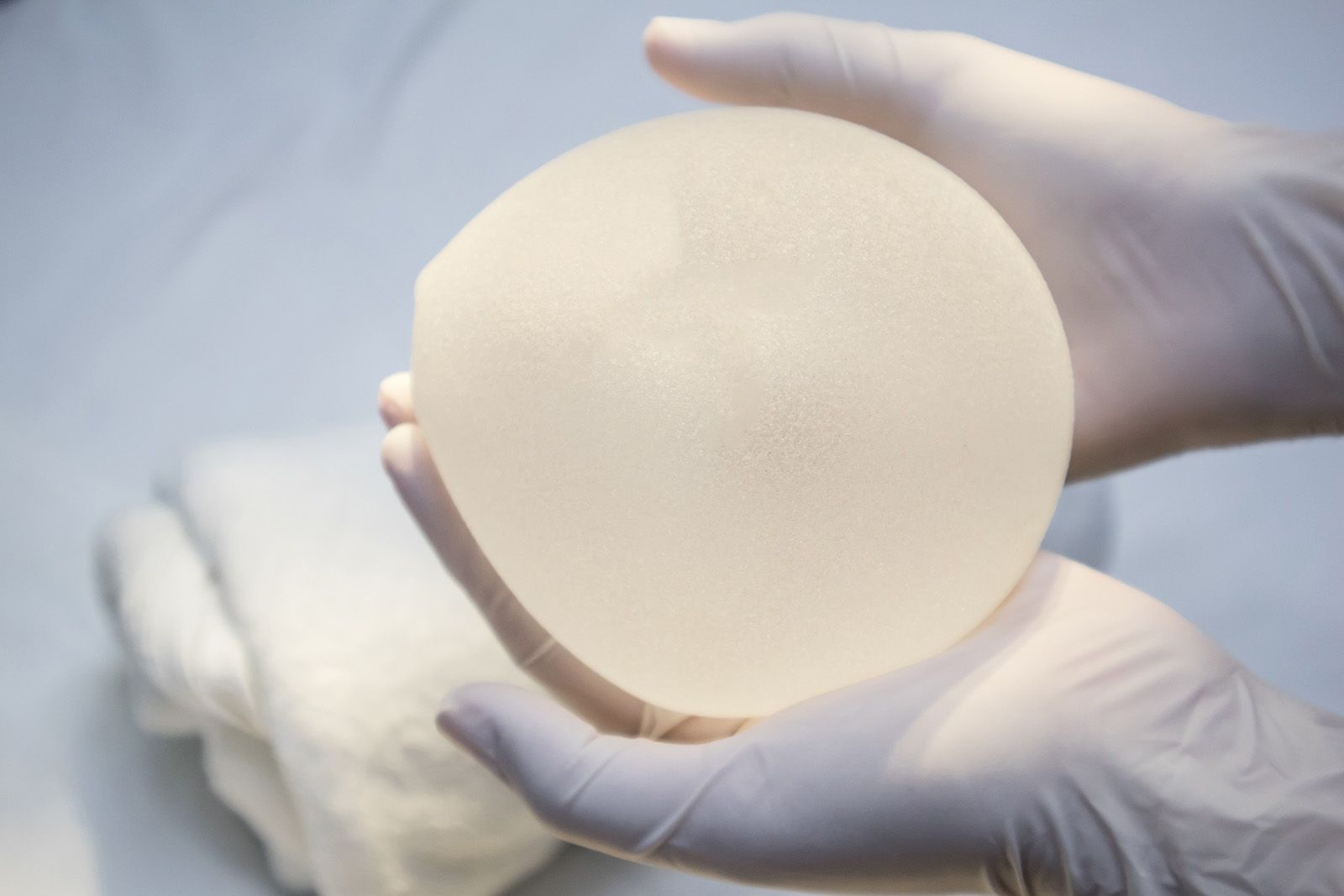
Endoscopic mid-facelift is a popular plastic surgery that requires minimal incisions to improve the facial appearance. This procedure is becoming more popular due to its lower scar potential, long-term results, and minimal postoperative downtime. This surgery has many benefits. Learn more. It is not a procedure for everyone. Find out more about the side effects and preconditions for this procedure.
Endoscopic mid-face lift
A midface surgery called endoscopic mid facelift is performed using this technique. This procedure can strengthen multiple layers of the skin and improve the appearance of the midface. The ideal candidate for this procedure is a patient between the ages thirty and fifty. Although this procedure can address signs of aging, it should be realistically viewed by patients. Patients must be in good general health. The midface lift is a great option for patients who have signs of aging at the midface.
Endoscopic midface lifts can cause swelling, bruising, or numbness. These symptoms may last up to two weeks. You will have a different recovery period depending on your individual. For the next few weeks, you should refrain from strenuous exercise. Most sutures will disintegrate within one week. The effects of this procedure are visible in three months. For the first couple nights, patients need to sleep with their head up. You will look and feel younger with the endoscopic midface lift procedure.

Side effects
Mid facelift is considered a safe procedure, but there are still risks. These risks include bleeding, infections, and poor wound healing. During your consultation you will be informed about possible side effects and complications. Although the surgery can have life-altering effects, the risks are outweighed by the potential benefits. Make an appointment with a board certified anesthesiologist to avoid complications. You can also ask the surgeon about any post-operative care requirements.
Patients should wash their locks the morning before their procedure. After surgery, water and approved medications may be consumed. It is a good idea that someone stays with you for the first night to help you get home. There may be some swelling and bruising. These side effects can be managed by your physician with pain medication. Patients should expect to be fully recovered within one to three weeks of surgery.
Prerequisites
There are some things you need to know before you decide to undergo a mid-face lift. This is a cosmetic procedure that insurance companies will not cover. While the procedure will not cause any permanent damage to your skin, you should still consider it if there are signs of sagging such as nasolabial folds. If you have these problems, a mid face lift surgery is probably not the right choice for you.
General or deep sedation is available for mid facelifts. It is usually done in an outpatient facility, but can also be performed in a hospital using local anesthesia. It takes a few hours to perform and can be combined with other procedures to maximize results. The recovery time is short and swelling as well as bruising are minimal. The procedure is best done with the head elevated. The affected areas should be treated with ice for the first few weeks. After the procedure, patients can take a low-dose prescription pain medication.

Recovery
Although mid-facelift surgery can be performed without any major complications, it is still a risky procedure. This can result in poor wound healing and prolonged ecchymosis. It can also lead to scarring. Additional risk factors include diabetes mellitus, smoking and immunosuppression. Patients with such risk factors should be medically evaluated prior to elective surgery. Fortunately, most patients experience minimal pain and discomfort after mid face lift surgery.
The first few weeks following the procedure can feel a little rough but it is usually short-term. It is possible to experience bruising, numbness, or tightness. These side effects typically last for at least a week, but should subside with some rest. Most sutures dissolve within a week. You can resume normal activities six to 12 weeks after surgery.